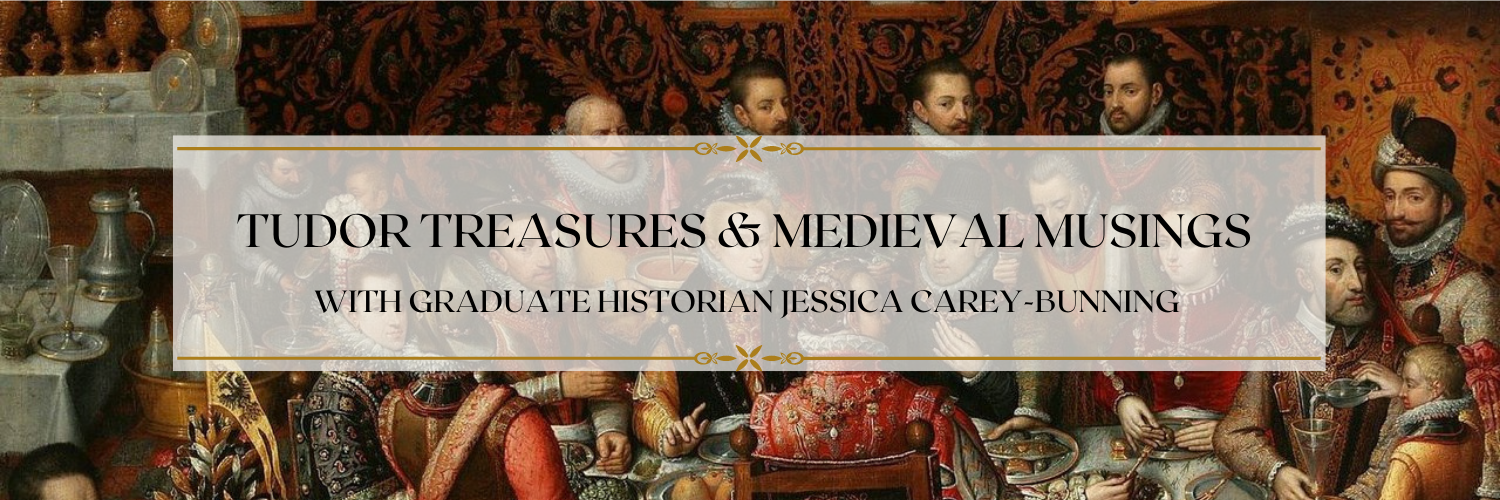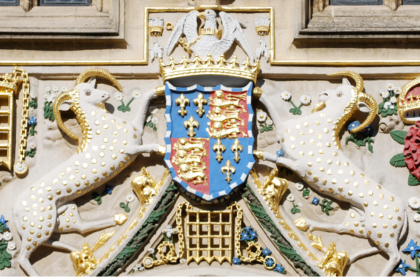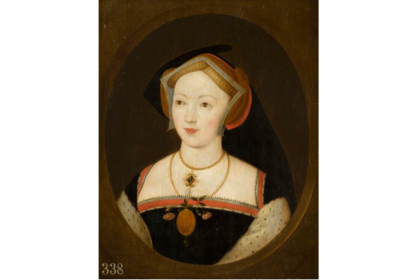On 5th November, 1545, Stephen Gardiner, bishop of Winchester, wrote a letter from Bruges, where he was on a diplomatic mission, to the Secretary of State, William Paget. This letter related a fascinating meeting in 1539 that involved a very young Prince Edward. This was during a time when negotiations for Henry VIII’s marriage to Anne of Cleves was ongoing, and two Cleves ambassadors were received at Hampton Court Palace. Part of their visit involved a tour, including to the royal nursery to pay their respects to the young Prince of Wales.
Here is Gardiner’s account of the visit, some 7 years later:

‘I cannot forget the old earl of Essex, Bowser, who was with my lord Prince, vij years past, when the ambassadors of Saxe and Lansgrave were sent to see my lord Prince. At which time, when my lord Prince could not be brought to frame to look upon those ambassadors and put forth his hand, for no cheering, dandling and flattering the nurse and lady mistress could use, but my lord Prince ever cried and turned away his face; and yet at the same time, to accustom him to a stern countenance and rough great beard, the said earl of Essex played with my lord Prince, took him by the hand, put his beard near his face, which my lord Prince took pleasure in and was therewith merry. In th’end, when th’ambassadors could have none other sight of my lord Prince, for all the labours taken, my said lord of Essex came to my lord Prince and said ‘Now full well knowest thou,’ quoth he, ‘that I am thy father’s true man and thine, and these other be false knaves.’ Such speech escaped him suddenly, for which he might percace have been then blamed of some. But as Pilate said Quod scripsi scripsi. My lord Prince (God save him!) hath as much of his father the King’s Highness’ good nature as ever had any child of his father; and thereupon a man might say was caused in my lord Prince an alienation in nature from them, for I never saw that the King’s Highness of himself had any affection to them, but hath ever wisely weighed and considered the natures of them, and understandeth them as right as any man could describe them. His Highness, sometime of necessity, sometime of policy, hath wisely used them, and sometime I know hath been informed and told many greater things of them than have followed… God send us a good end of our Protestants!’
~
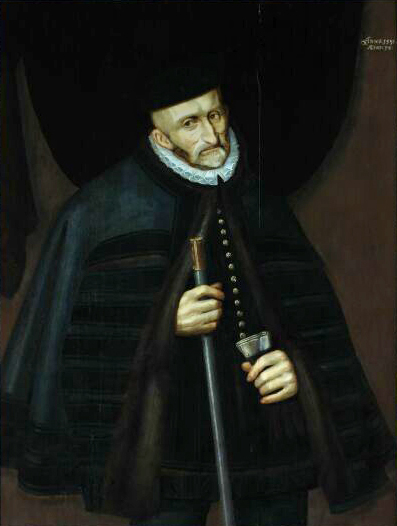
What should we make of this account? Clearly Gardiner viewed young Edward’s attitude towards the Cleves’ ambassadors as proof that he would be a good Catholic prince. This came from Gardiner’s own personal bias, of course. He makes his perspective very apparent: ‘God send us a good end of our Protestants!’
Given his intent on presenting both Edward and Henry as, at heart, pro-Catholic and anti-Protestant, is there any truth to the account? It is hard to say. Given the distance in years, Gardiner’s religious outlook, and 16th century attitudes towards truth and story, placing value on meaning rather than faithfulness, it is possible that the tale is an invention, or at least an exaggeration, in order to create the image of a Catholic heir to the throne.
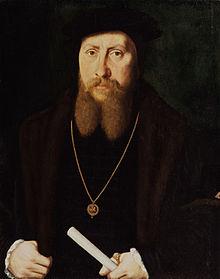
But the actual description of the scene, before Gardiner puts his spin on it, is so touchingly simple, that I think it is a fairly accurate account. It is a moment anyone who cares for or works with children can recognise; a young, not yet 2 year old toddler, presented to strangers, coming over shy and clinging to his nurse, until the silly antics of a more familiar face – and beard – coaxed him out. This is no fire-and-brimstone account, and though Gardiner uses it to justify his faith in Edward returning England to the Catholic Church, it does not have the trappings of an invented polemic.
This account of a young Edward is wonderfully human, showing that regardless of rank or status, babies throughout history are all the same.
Top image: Portrait of Edward by Hans Holbein, c.1538
